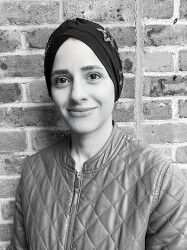BibTex format
@article{Cole:2018:10.12688/wellcomeopenres.14918.2,
author = {Cole, JH and Lorenz, R and Geranmayeh, F and Wood, T and Hellyer, P and Williams, S and Turkheimer, F and Leech, R},
doi = {10.12688/wellcomeopenres.14918.2},
journal = {Wellcome Open Res},
title = {Active Acquisition for multimodal neuroimaging.},
url = {http://dx.doi.org/10.12688/wellcomeopenres.14918.2},
volume = {3},
year = {2018}
}

